Review
And so, after six months and almost 8,000 miles with our BMW i4 eDrive35 long-term test car, it has returned to the manufacturer, leaving overwhelmingly positive memories in its wake.
My expectations had been raised by my colleague Matt de Prez’s positive experience of running the higher-powered i4 eDrive M Sport around a year earlier.
So the question facing us when the lower-powered, cheaper, more fleet-friendly variant arrived was: can it impress us as much as the eDrive40 did? The answer is a resounding yes.
The main differences are that instead of the 340PS and WLTP range of up to 355 miles from the eDrive40’s 84kWh battery, the eDrive35 has 286PS and a range of up to 299 miles from its 70kWh battery.
The eDrive35 also has a lower P11d price. The eDrive35 range starts at £50,700, with the eDrive40 priced from £58,515.
This means slightly lower benefit-in-kind bills for the eDrive35 driver, while fleets should also benefit from lower leasing rates.
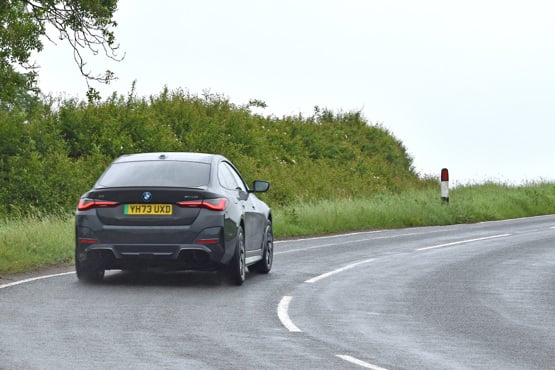
Those are the on-paper – and in bank account differences – but what about on the road?
The real-world range of the eDrive35 was obviously lower. I was getting predicted ranges of between 210 and 260 miles from full batteries depending on the outside temperature, while Matt was achieving around 300 miles.
But apart from that, there didn’t seem to be any real negatives from running the lower-powered model.
The eDrive35 has got plenty of speed, drives and rides really well, while the cabin has the quality and design you would expect from a BMW.
However I think about it, the car just felt so right in every aspect and was a joy to ‘own’ and operate.
There were times when I wished it was a little bit more practical and the boot slightly more accessible, but that would have been the case for any car with a saloon bodystyle, not just the BMW.
The obvious argument here is that if you prized practicality above all else you would choose something like an estate or an SUV, and I wouldn’t argue with that.
But then you would be missing out on a really excellent sports saloon and that, for many company car drivers, will be more important.
Range boost as weather improves
The sun – however little we’ve seen of it so far this summer - often brings out the best in things and people, and this is true of our i4 eDrive35 M Sport long-termer.
The obvious benefit has been the increased range we have seen. The BMW has a WLTP combined range of 299 miles from its 70kWh battery, and over the winter this typically led to a real-life range of between 200 and 220 miles. It was a real achievement to get an efficiency of more than 3.4 miles/kWh on individual journeys.
However, the brief spell of warm weather saw this rise as high as 260 miles (after one 220-mile round-trip to Heathrow I still had 24 miles of range left), and it was a real disappointment if the efficiency dropped below 4.0 miles/kWh.
The most notable journey was a 146-mile trip from Telford to my Norfolk home, in which I achieved an efficiency of 4.8 miles/kWh.
Of course, a battery electric vehicle seeing a significant increase in its range in warmer weather is normal (somewhere in the range of 20% to 30% is typical), so the BMW does not differ from its competitors.
But it does make an impressive car even easier to live with.
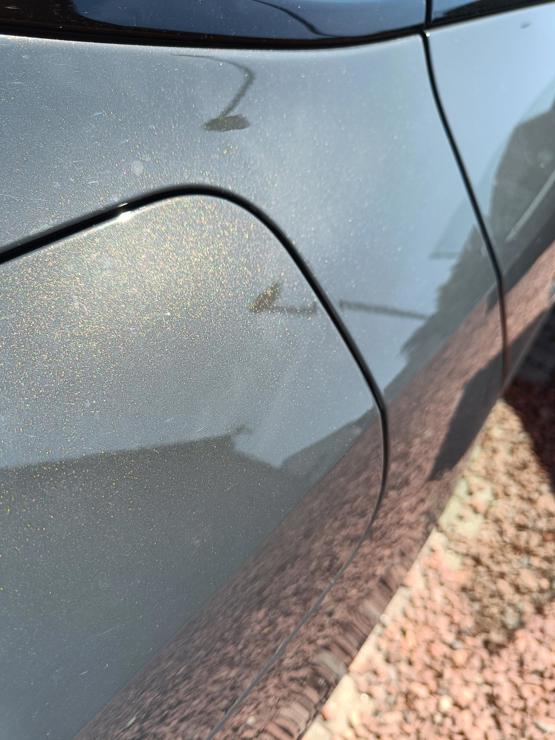
The sun has also brought out the best in the optional £1,750 Dravit Grey metallic paint.
In the duller, winter and spring months it has looked smart – it’s come across as a darker ‘primer’ grey look, which continues to be fashionable and looks good on the i4.
However, direct sunlight has brought out the copper-bronze metallic flakes in the paint, raising the colour from smart to stunning.
Our BMW i4 long-termer is like a gift that keeps on giving: from time-to-time I discover something new about it which just endears it to me even more.
This time, a mixture of its excellent infotainment system and my curiosity led me to discover its handy Reverse Assist feature.
I’d noticed the option before as the symbol pops up alongside the display for the reversing camera but, as there was a distance displayed next to it, I assumed it was telling me how far an object was behind me.
But after a little research and a test in my local Tesco’s deserted car park late one evening, I found out what it does and was disproportionately impressed.
Essentially, the car remembers the last 200 metres driven forwards at a maximum speed of 22mph, and when you select reverse it steers autonomously to take you on exactly the same path (the driver controls the speed) as you’d taken before you parked.
It sounds a bit gimmicky – and to a certain extent it probably is – but as someone who occasionally has to drive down fairly long, narrow driveways I can see the worth of this in making the process of reversing hassle-free.
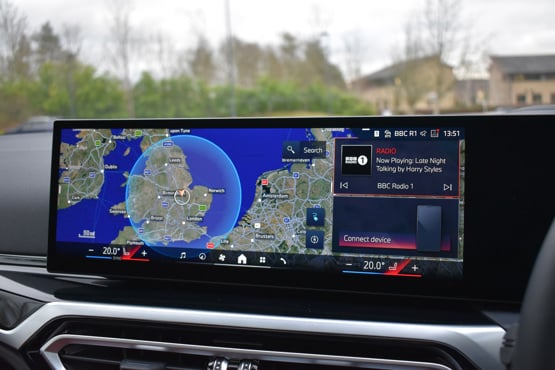
As mentioned earlier, the i4’s infotainment system – the eighth generation of BMW’s iDrive technology - is excellent and is a real highlight of the car.
Controlled by either a rotary dial positioned at the bottom of the centre console or via the 14.9-inch touchscreen, the user interface is excellent, with the menus easy to navigate and the quality of the graphics living up to the car’s premium billing.
I’m a big user of Android Auto for both navigation and entertainment purposes, and this works really well with the BMW infotainment system.
It was easy to connect initially and, as it has a wireless connection, I haven’t had to do anything to it since; I just get into the car and it connects automatically.
As it is wireless, I don’t even need to plug-it in my phone through a USB cable (although I do if I want to charge it as my phone doesn’t have wireless charging so cannot make the most of the car’s wireless charging pad).
A further nice touch which shows how well Android Auto integrates with the BMW infotainment system is that directions from Google Maps are projected through the heads-up display on to the windscreen.
Puncture leaves us deflated
My near-faultless ownership experience of our BMW i4 long-termer was punctured – literally – on my commute home from the office recently.
Shortly after leaving our car park I changed carriageways and it sounded and felt like I’d driven over a larger-than-usual Cat’s-eye.
Sadly that wasn’t the case. Almost immediately afterwards the car’s tyre pressure alert came on and after double-checking it through the car’s infotainment system, I could see there was a significant loss of pressure in the right rear tyre.
I pulled over in the next available layby, and could see the metal head of what turned out to be a three-inch bolt nestled in the tread of the tyre.
Due to the way the car's battery is integrated into the chassis, there's simply no space for a spare wheel. I used the supplied air compressor and sealant kit to plug the puncture, enabling me to complete my journey home, albeit limited to 50mph.
If the damage to the tyre had been more significant I might not have been so lucky and would have been stuck at the roadside waiting for recovery.
The i4 is fitted with a specific EV-only Hankook tyre and although it wasn’t in stock at my local branch of Lodge Tyres when I popped in, it was available at its warehouse and was delivered – and fitted – the next day for £192 (inc VAT).
A replacement tyre sealant cannister was also ordered from my nearest BMW dealer and this cost £27.50.
With that issue resolved, I was back on the road and day-to-day life with the i4 returned to the usual high-quality, unflustered experience it has been since I was handed the keys.

One other minor blip has been the number of vehicles flashing their headlights at me when I’ve been driving at night, prompting me to check that I am on dipped headlights and haven’t accidentally turned main beam on.
The reaction from other road users brought to mind the recent Government decision to commission a study into headlight glare.
This followed research by the RAC which showed that drivers claim the glare from headlights is getting worse, with 85% of the 2,000 drivers surveyed believing it is more commonplace.
The potential dazzle caused to other road users by the i4’s headlights is a shame because, as the driver of the BMW, the LED lights are excellent, providing crisp, bright white illumination of a wide spread of the surrounding landscape.
A great driver's car
Much of BMW’s brand and marketing is built on the way its cars drive and ride, and so far the i4 has lived up to this billing.
There’s an innate rightness about how it feels, from the size and chunkiness of the steering wheel, to the weight and directness of the steering itself, the smoothness of the power deliver and the amount available, and to how it rides – firm enough to be sporty, but always compliant and comfortable.
It’s a great companion for long-distance journeys, and this is supported by its ample range from its 70kWh battery.
Like any BEV, its efficiency is directly influenced by the weather. Since it joined our long-term test fleet in December, I’ve seen the efficiency range from 3.0 miles per kWh in the coldest temperatures, up to 4.1 miles per kWh when it was mild.
This equates to real-world ranges from 210 miles to 280 miles. The official WLTP range is 299 miles and, although I don’t expect to reach this, I think I’ll get pretty close when the consistently warmer weather finally arrives.
Our i4 is fitted with the optional comfort plus pack (£2,050), and this includes heated steering wheel, keyless entry, electric front seats and driver memory, and front lumbar seats, enhancing the experience for the driver further.
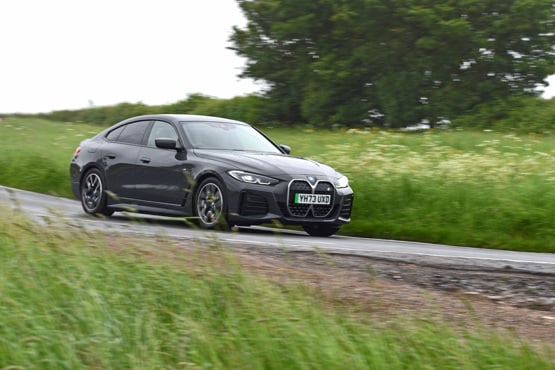
One of the quirks about the way the i4 drives and something I’ve had to get used to is its regenerative braking system.
As with most BEVs, you can select B drive mode, which sets a high level of regenerative braking, while the default option is automatic.
In most instances, this means that when you take your foot off the accelerator the car coasts, but it will increase the level of brake applied in certain circumstances.
This may be when you are approaching a lower speed limit or roundabout, as well as if the car judges you are following a vehicle too closely.
In the main, I like the system, but it has sometimes caught me by surprise when two of these situations have combined – approaching a roundabout while following a vehicle – leading to much sharper braking than expected.
However, the other active safety systems the i4 (which has a four-star Euro NCAP safety rating) has, such as lane assist, are not intrusive, allowing you to enjoy the driving experience while you’re behind the wheel.
BMW i4 eDrive35 M Sport joins our fleet
Those Fleet News readers with good memories may recall we ran a BMW i4 eDrive40 M Sport on a long-term test a year or two ago and were really impressed with it.
In fact, at the end its loan period, we concluded that it was the “best electric car currently on sale” for offering a no compromise experience for a driver moving from an internal combustion engine car to an EV for the first time.
However, its P11d price of £59,325 may have proved to be too high for some company car choice lists and drivers, so to broaden the model’s appeal BMW last year introduced the eDrive35 variant.

So what are the differences? Instead of the 340PS and a WLTP range of up to 355 miles from the eDrive40’s 84kWh battery, the eDrive35 has 286PS, a 0-62mph time of 6.0 seconds and a WLTP range of up to 299 miles from its 70kWh battery.
It also has a significantly lower P11d price, with the eDrive35 range starting from £50,755, around £8,000 less than its bigger brother. This will obviously be reflected in both leasing rates and driver benefit-in-kind tax bills.
Our M Sport test model’s P11d price is bumped up to £60,645 through having a range of optional extras fitted.
These include Dravit Grey metallic paint (£1,750), Tacora Red Venasca leather (£1,300), individual piano black interior trim (£550), and an electric glass sunroof (£1,155).
A Technology Pack (£1,995) adds a Harman Kardon surround sound audio system, storage for wireless charging and an enhanced digital driver instrument binnacle with a head-up display.
Our test model is also equipped with the Comfort Plus Pack (£2,050) which includes a heated steering wheel, electric front seats with driver memory, and front lumbar support.
The are in addition to the standard equipment, which includes front heated seat, automatic air conditioning, cruise control, parking assistant and BMW Online Services.
From an exterior and interior point of view, the eDrive35 will have no surprises for anyone familiar with the eDrive40: it shares the same styling cues and quality build and materials.
First impressions of our test model are really positive. The cabin is a special place to be, while the car’s road manners are impressive, especially when you take into account the i4 is not a purpose-built EV, but essentially an ICE model with an electric powertrain installed.
I’m looking forward to the coming months over which I’ll find out how strong a company car proposition an eDrive35 is.
Specs
| Manufacturer | BMW |
| Model | I4 Gran Coupe |
| Specification | BMW I4 Gran Coupe 210kW eDrive35 M Sport 70kWh 5dr Auto |
| Model Year | 2025.00 |
| Annual VED (Road tax) | £10 |
| BIK List Price | £52,715 |
| Range | 310.00mile(s) |
| CO2 | N/A |
| BIK Percentage | 3% |
| Insurance Group | N/A |
| CC | 1 |
| Fuel Type | Electric |
| Vehicle Type | Medium car |
| Luggage capacity (Seats up) | 470litres |
| Doors | 5 |
Running Costs
| P11D | £52,715 |
| Cost per mile | 61.23ppm |
| Residual value | £18,850 |
| Insurance group | N/A |
| Fuel Type | Electric |
| Cost per mile | 255.19ppm |
| Fuel | 2.30ppm |
| Depreciation | 245.45ppm |
| Service maintenance and repair | 7.44ppm |
Rivals
Info at a glance
-
P11D Price
£52,715
-
MPG
N/A (WLTP) -
CO2 Emissions
N/A -
BIK %
3% -
Running cost
3 Year 60k : £18,850 4 Year 80k : £15,525 -
Fuel Type
Electric -
Range
310.00mile(s)

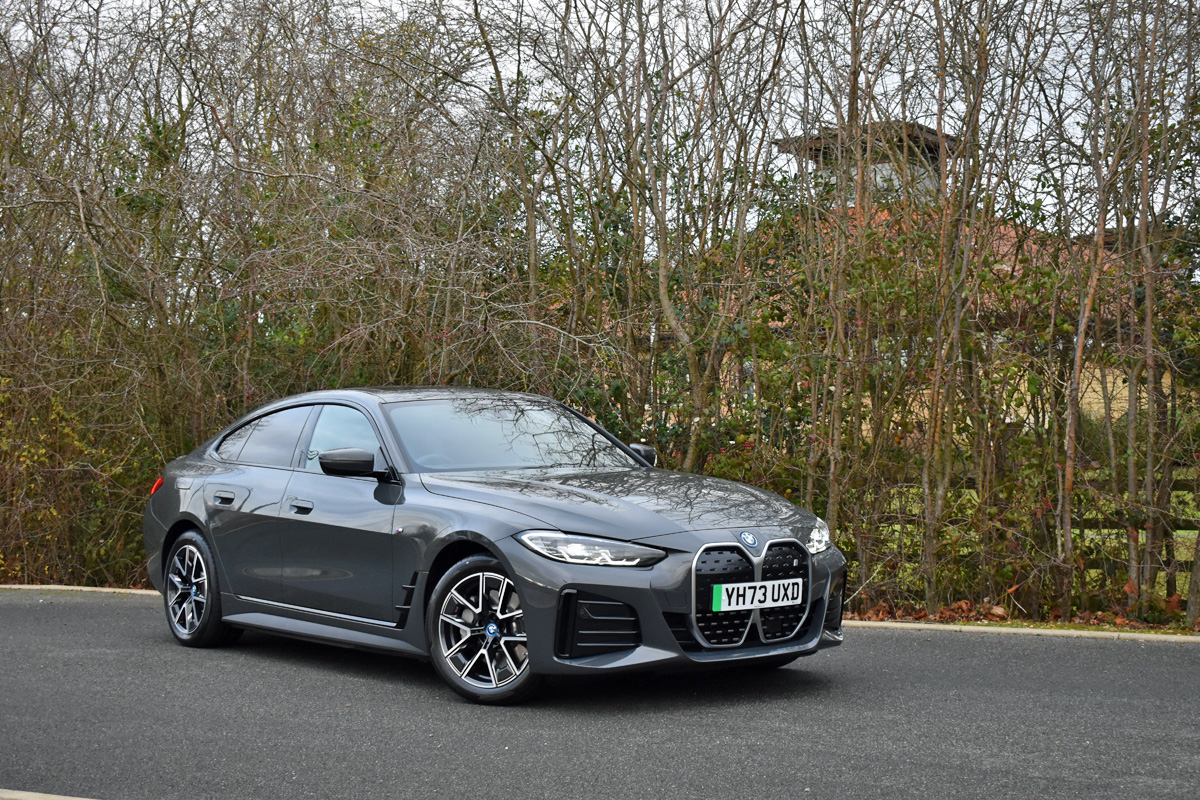

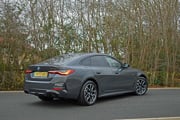
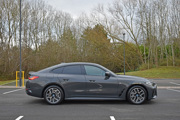

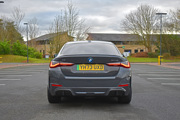
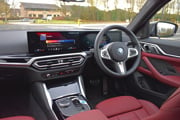
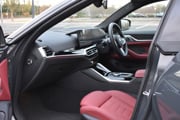
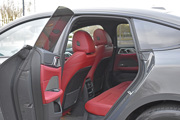
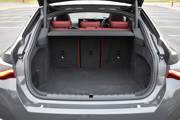
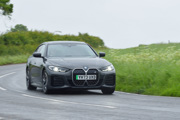
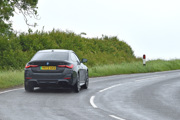



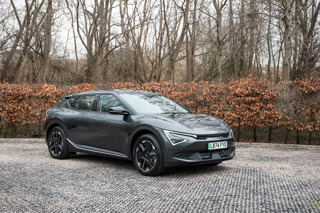

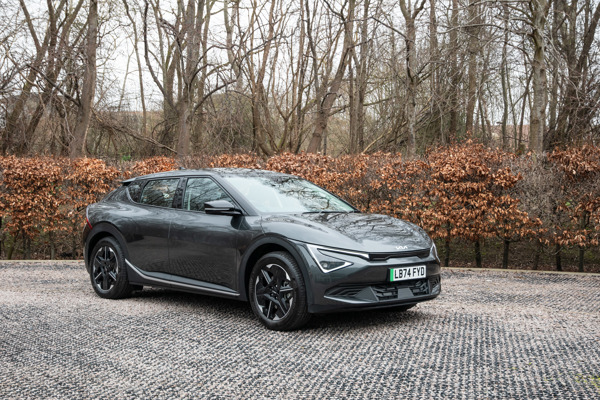
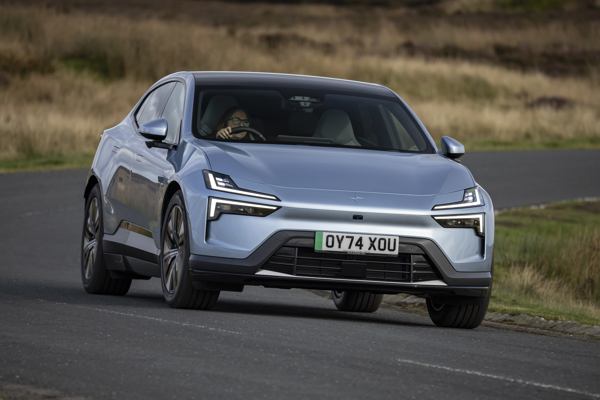
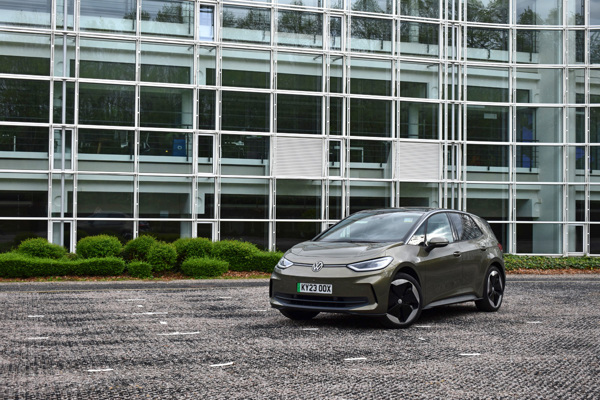
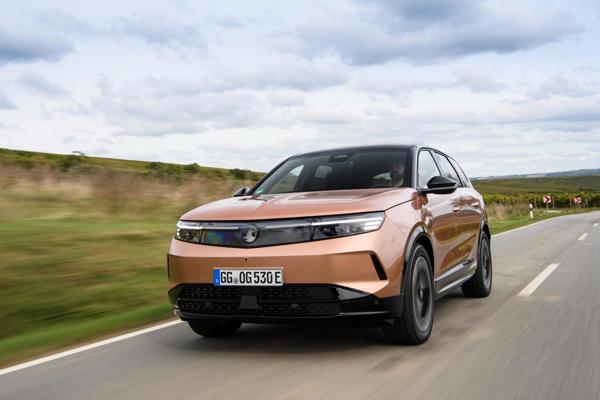
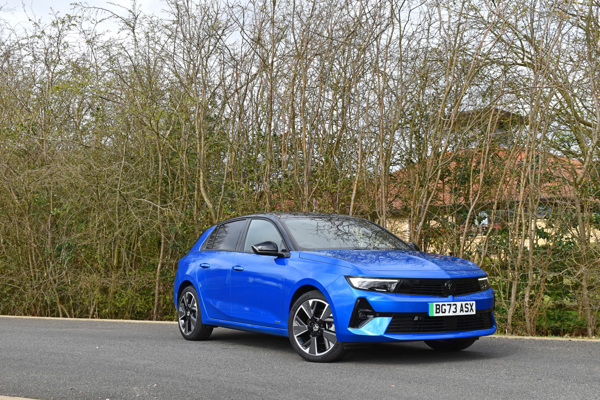


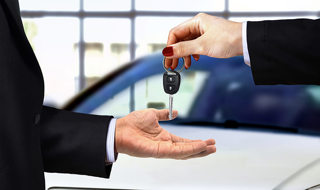
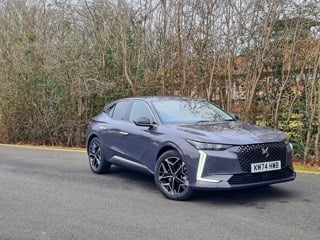
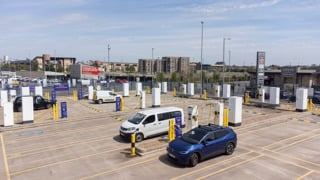




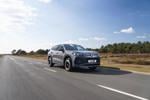







Login to comment
Comments
No comments have been made yet.